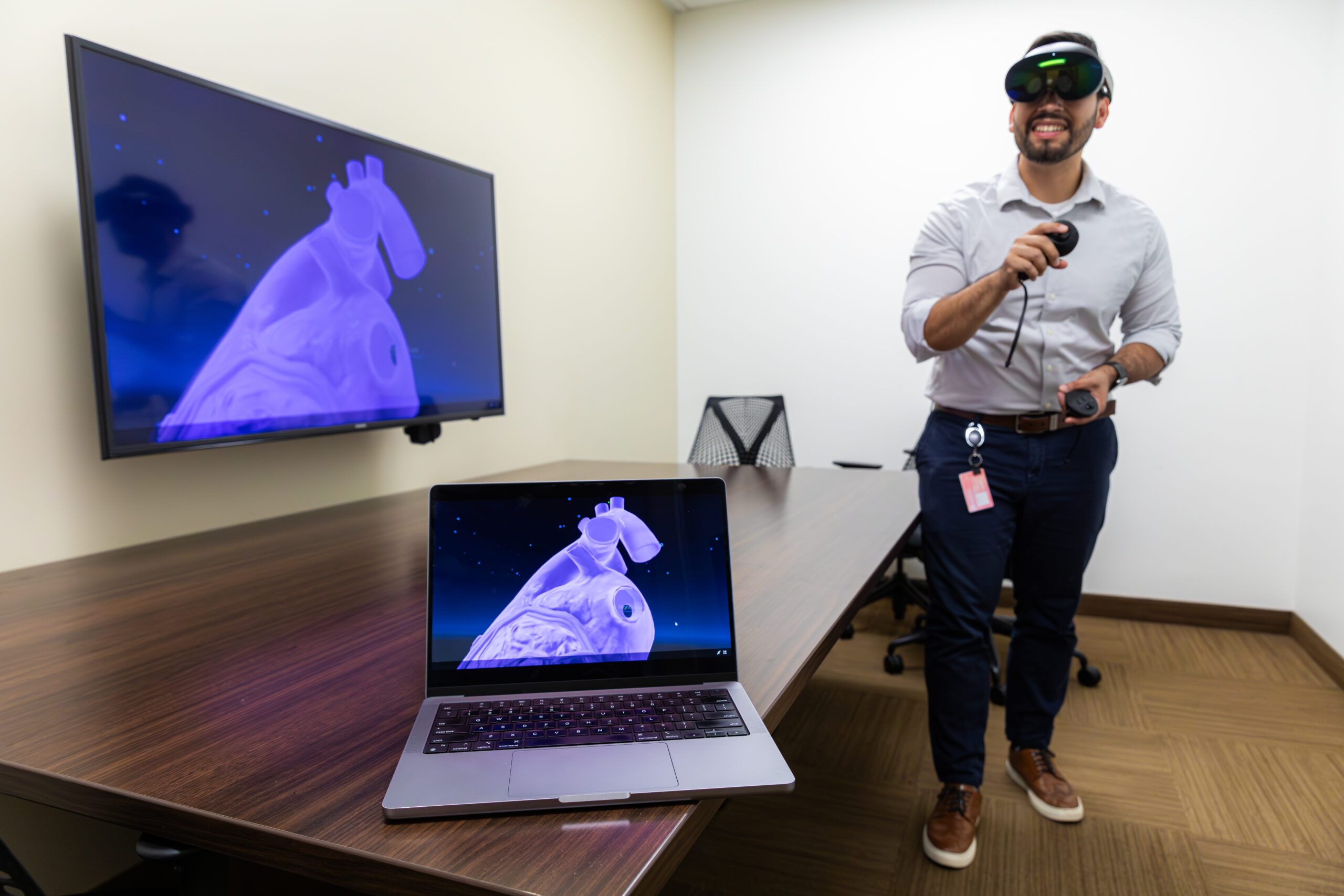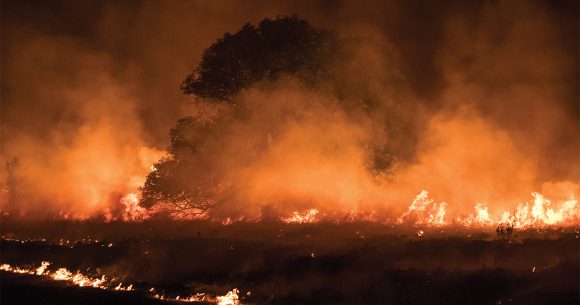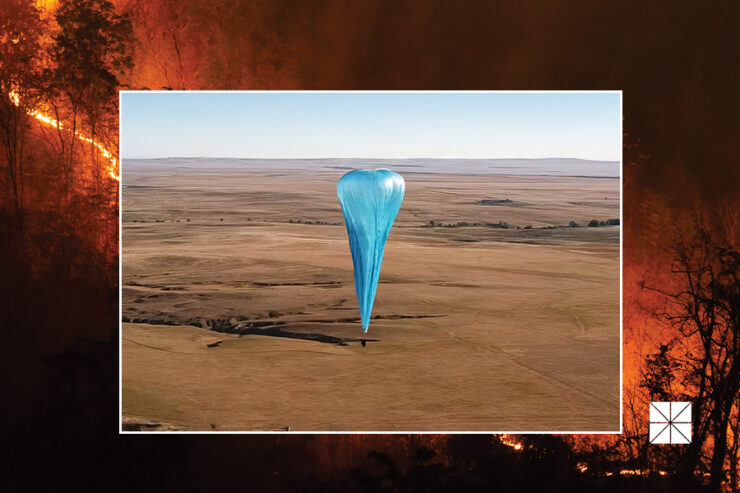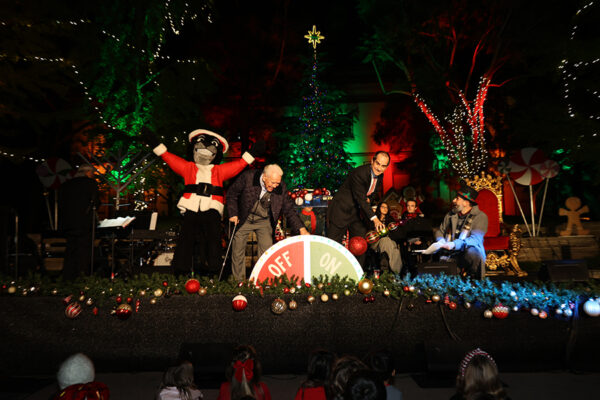In the past decade, wildfires have transformed from seasonal threats to year-round disasters across the United States, displacing and killing thousands of people, polluting the air and destroying wildlife habitats that will take years to recover.
In 2020, California recorded its largest wildfire season, with more than four million acres getting burned. Last year, the East Coast had to contend with heavily polluted air quality as smoke from Canadian wildfires blanketed the skyline. These deadly fires may become a regular part of life, as hotter temperatures and drought from climate change create the perfect conditions for fires to spread.
Fortunately, Associate Professor of Environmental Science and Policy Joshua Fisher is working on finding a way to predict wildfires so firefighters can prevent catastrophic blazes. Fisher, who teaches at the Schmid College of Science and Technology, is a co-investigator on a new three-year project seeking to use stratospheric balloons equipped with sensors to track wildfires. Urban Sky, a stratospheric and remote sensing company, is leading the effort.

The cutting-edge project recently received a $2.6 million grant from NASA’s Science Mission Directorate, which is aiming to support new and innovative ways to predict and manage wildfires with its FireSense Technology Program. The investment is an expansion of a Small Business Innovation Research award that NASA gave the Denver-based Urban Sky to develop a thermal sensor for its balloons.
“This is going to be very game-changing and cutting edge when it comes to wildfire management,” Fisher said about the project, which launches this summer. “There’s no denying that wildfires are increasing in intensity and are affecting everybody, even downwind of the fire. It’s not only getting worse, but we currently have limited solutions to this growing problem. That’s why our federal and state agencies are investing in this extremely necessary research.”
Fisher is bringing his expertise in wildfire research and remote sensing to the Urban Sky project. As a former scientist at NASA’s Jet Propulsion Laboratory, Fisher was the founding science lead for the ECOSTRESS mission on board the International Space Station, which uses remote sensing to measure the temperature of plants.
Fisher has used this data to address water availability across the world and other climate change-related issues. In particular, Fisher has found what areas are susceptible to wildfires due to dried out vegetation using ECOSTRESS. He has published papers on wildfire activity from all over the world, including California, New Mexico, Australia and the Amazon.

For the Urban Sky project, the research team will use rapidly deployable, navigable stratospheric balloons equipped with sensors that can measure and send thermal hotspot data nearly in real-time to firefighters on the ground. Fisher’s role involves interpreting the data collected by the balloons into information useful for firefighters.
The balloons are envisioned as “vigilant sentinels” that can hover for weeks above active fires or scout high-risk environments to catch signs of emerging fires. The balloons are equipped with sensors that capture high-resolution images at about 3,000 acres per minute. Gathered information can be sent to firefighters through a communication repeater and transmitter.
“I’m very excited because these balloons offer a very unique vantage point that isn’t offered by other existing technology,” Fisher said.

The balloons have a few critical advantages over satellites, drones and planes for wildfire monitoring. They are inexpensive, can be deployed in remote areas and can quickly provide data to firefighters in regions that lack communication and connectivity. These benefits could help fire personnel expand monitoring capabilities, heading off wildfires before they spread.
“This is extremely necessary because wildfires are affecting everybody,” Fisher said. “Even if you think you’re safe in some city or not directly near the fires, you’re breathing in wildfire smoke. It’s a big problem that’s getting worse. So the more science and technology that we can bring to the table with this growing problem, the better.”




